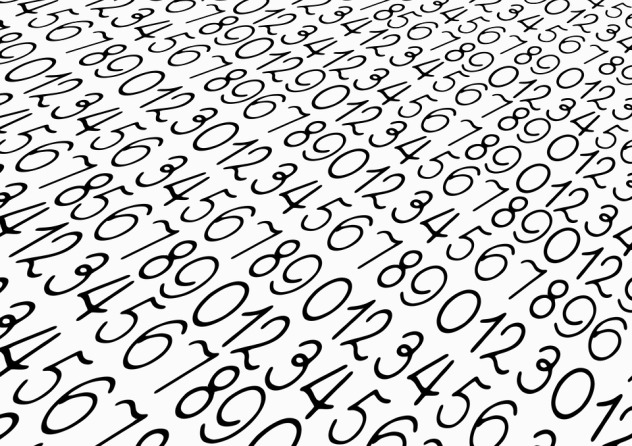

You can watch my video about using the DNA Research Log here: How to Use Airtable for a DNA Research Log at YouTube.

If you’re ready to try it on your own, make a copy of the blank template linked below. To see how it works, you can view my filled out tables in the example. This allows you to track multiple messages and responses from the same match and see all the correspondence you’ve had with a match. Thanks to a suggestion from a reader, I updated the base to include a separate table just for correspondence. Originally, the base I made included two tables – one for DNA Matches, and one research log. DNA Research LogĪs I shared in my post “ DNA Research Logs: How to Keep Track of Genetic Genealogy Searches,” Airtable has become my new favorite tool for managing the DNA matches, correspondence, and traditional records used in DNA research projects. The videos are linked in the sections below. It saves me so much work, having all this information in one place.īecause Airtable is new to most people, I created two videos showing you how I use both bases. The entries in the research log are linked to the people that they go with in the other table. Both bases include my basic table/sheet for tracking genealogy research, and then another table for tracking DNA matches or friends, associates, and neighbors. I have published two bases, a DNA Research Log and a FAN Club Research Log. Airtable UniverseĪirtable Universe is a place where creators can publish their bases as templates for others to use. I’ve recently started using Airtable to keep track of friends, associates, and neighbors of my research subject also. I use it for large research projects that I’m working on over an extended period of time – like a DNA research project on a brick wall ancestor. This makes it different than a typical spreadsheet. My favorite part is that you can link records from one table into a field in a separate table. You can group records and sort records in various ways. Each sheet within the base is a “table.” Rows in a table are called “records.” Columns in a table are called “fields.” Each field is customizable. Each database is called “base.” Think of it as a spreadsheet with multiple sheets/tabs. If you are familiar with spreadsheets, you’ll pick it up right away. Luckily for us, Airtable is a database tool that doesn’t require that you know how to code. Most database tools are beyond the technological level of typical users, so most people don’t use database tools. Airtable is a hybrid spreadsheet and database.


 0 kommentar(er)
0 kommentar(er)
